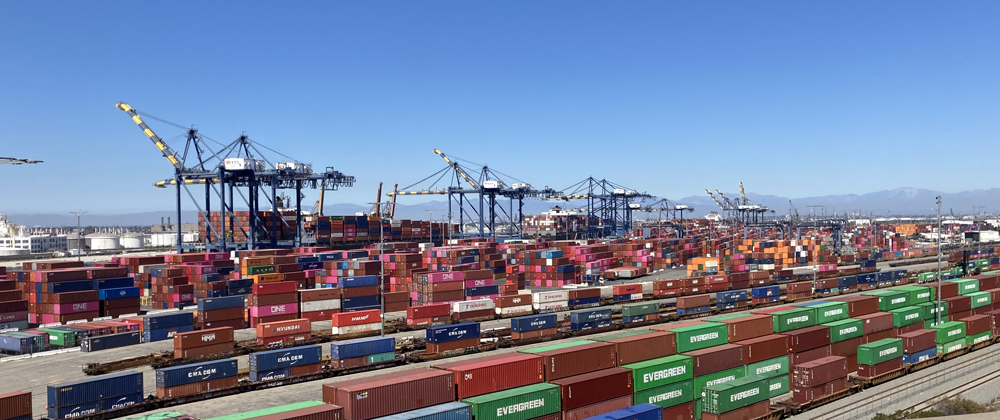
LONG BEACH, Calif. — It will take at least six months to alleviate monumental intermodal congestion that stretches from Asian ports, across the Pacific to U.S. ports, and on to railroads and their inland terminals.
“The intermodal industry is under unprecedented strain … worse than anything I’ve seen in 41 years that I’ve been in the business,” analyst Larry Gross said as part of a panel discussion on Monday at the Intermodal Association of North America’s Intermodal Expo.
The pandemic-related disruption is unique to North America, where consumer spending has risen, and retailers are seeking to keep up with demand and replenish low inventories at their distribution centers and store shelves.
Because of the import boom, a record 59 ships are anchored off the ports of Los Angeles and Long Beach awaiting berth space, says international shipping expert Lars Jensen of Copenhagen-based Vespucci Maritime. Some of the vessels have been anchored in San Pedro Bay for more than two weeks, delaying unloading of more than 400,000 twenty-foot equivalent units, or TEUs, the common measure of international containers.
Yet rail intermodal volume is down 10% from its 2021 peak in May, Gross says, and is now down 7% compared to last year. For July, international intermodal was up nearly 8%, but domestic intermodal, which includes international volumes that are transloaded into domestic containers, was down 6%, Gross says.
“What we really have here is a system starting to … bog down from all the operational constraints, congestion, and lower velocity, shortage of equipment, you name it,” Gross says, noting that all links in the supply chain shoulder some of the blame.
“Intermodal volumes are missing a big opportunity at the moment,” says Evan Armstrong of Armstrong & Associates. “Truck is picking up the slack.”
Much of the volume waiting offshore at North America’s largest port complex will eventually land on BNSF Railway and Union Pacific intermodal trains bound for points in the Midwest and Texas.
Both railroads have experienced congestion for months at inland intermodal terminals, particularly in the Chicago area. Shippers have been slow to pick up their containers, and then keep them longer for unloading at warehouses and distribution centers, which has created a shortage of chassis and bottlenecks at intermodal terminals.
BNSF expects to carry record intermodal volume this year and says it has largely worked off its backlog of international containers over the past two weeks. But with another wave of containers coming ashore — and more to come — officials from Union Pacific, Norfolk Southern, and Canadian Pacific all said the intermodal system was in “disarray” around the globe.
Kari Kirchhoefer, UP’s vice president of marketing and sales for premium traffic, says the root cause of congestion is a chassis shortage. UP has some rail-owned containers still in storage because there aren’t chassis available for them.
UP will be adding several thousand chassis to its fleet in the first half of 2022, she says. UP also hopes to decrease equipment street turn times by installing GPS sensors that will alert shippers when a container has been unloaded and can be returned to the rail terminal.
The chassis shortage likely won’t be solved for six to 12 months, says Tim Denoyer, vice president and senior analyst at ACT Research. Tariffs of 200% have been placed on Chinese-made chassis, he explains, and U.S. chassis manufacturers are still ramping up production, which remains 30% below fleet replacement level.
Railroads say their intermodal networks have capacity to handle current volumes, but only if all links in the supply chain are working relatively smoothly.
“Everything depends on speed,” says Leggett Kitchin, Norfolk Southern’s group vice president of domestic intermodal. “At the current speeds, the box supply is probably tight … To the extent that we can speed up, and the street can speed up, then we’ll have capacity to grow into.”
Says Jordan Kajfasz, a Canadian Pacific assistant vice president of intermodal sales and marketing: ““From a rail perspective … we’re one part of a global chain. And I don’t think one part of the chain can’t absorb the shock … of a systemic issue.”






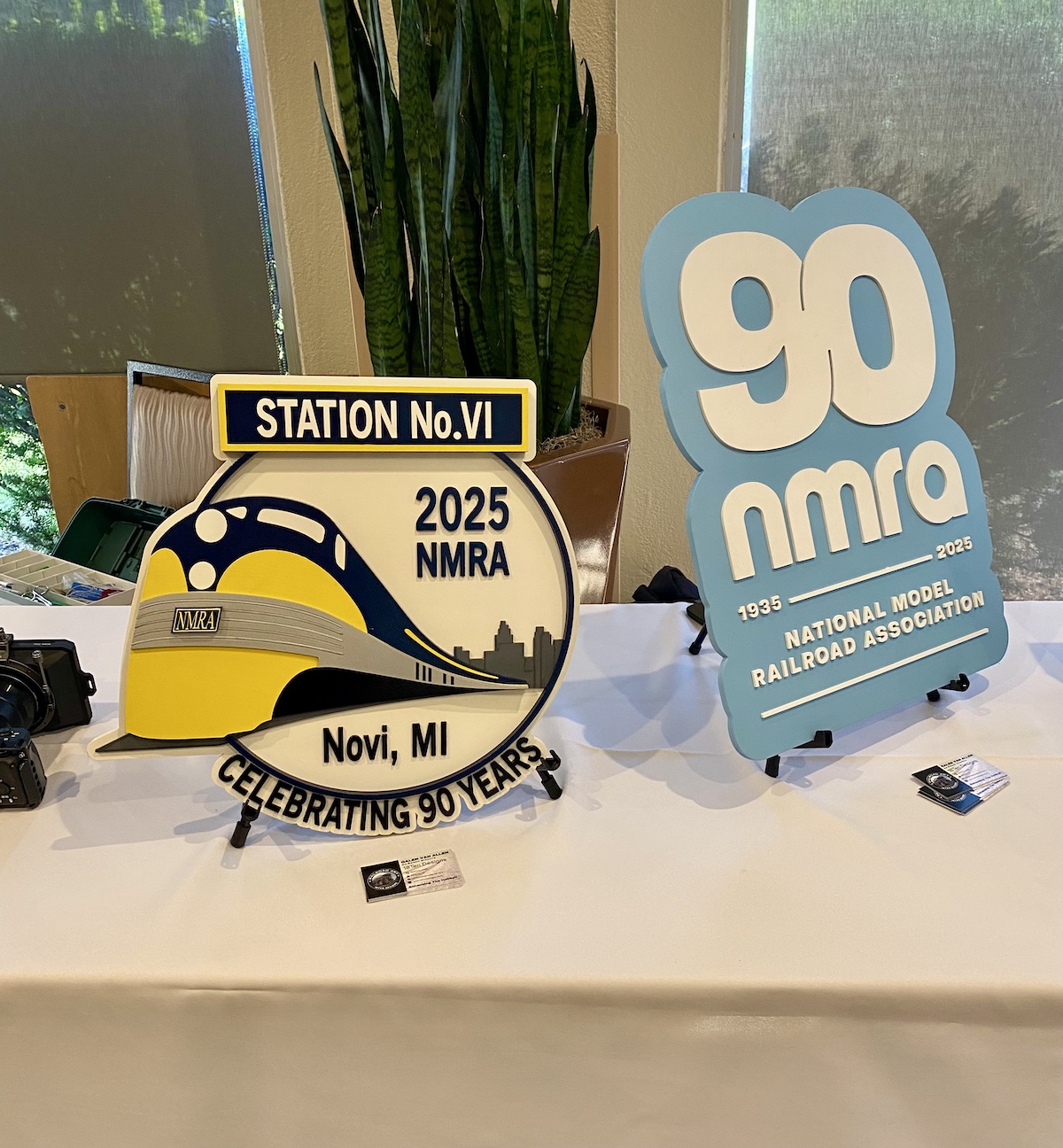
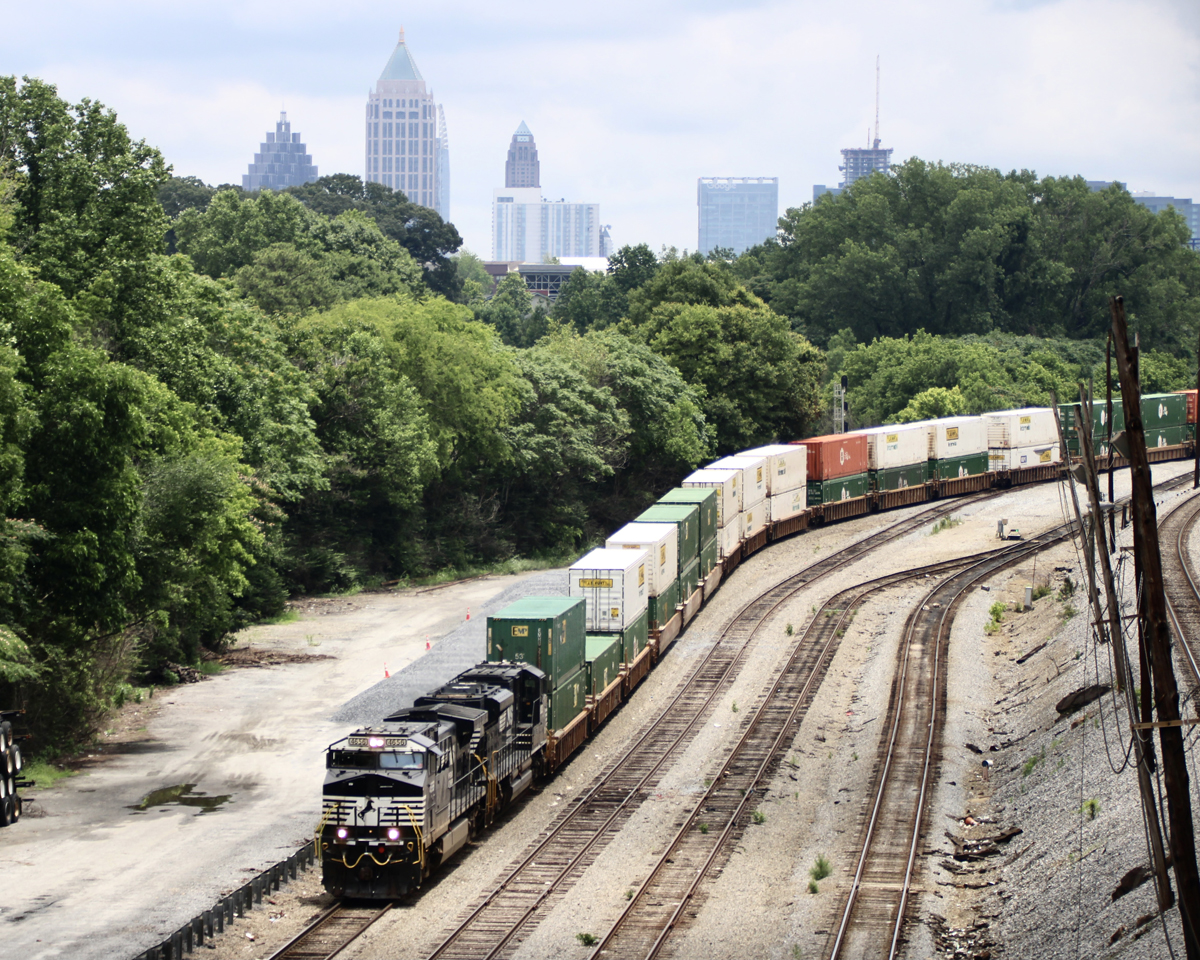
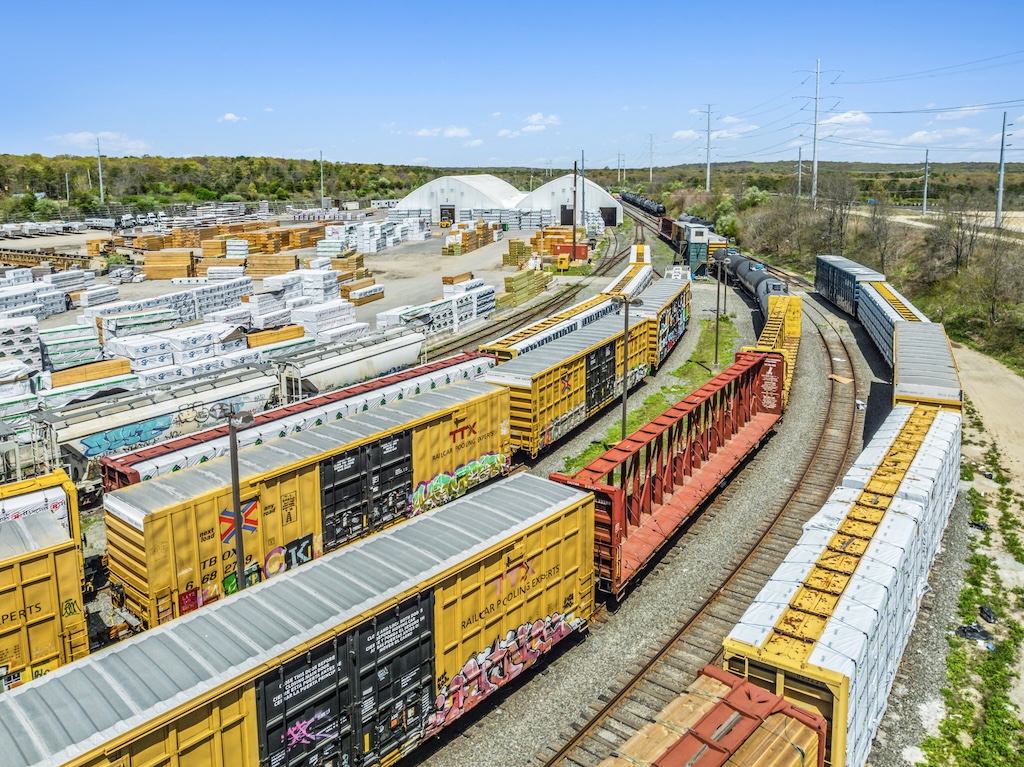
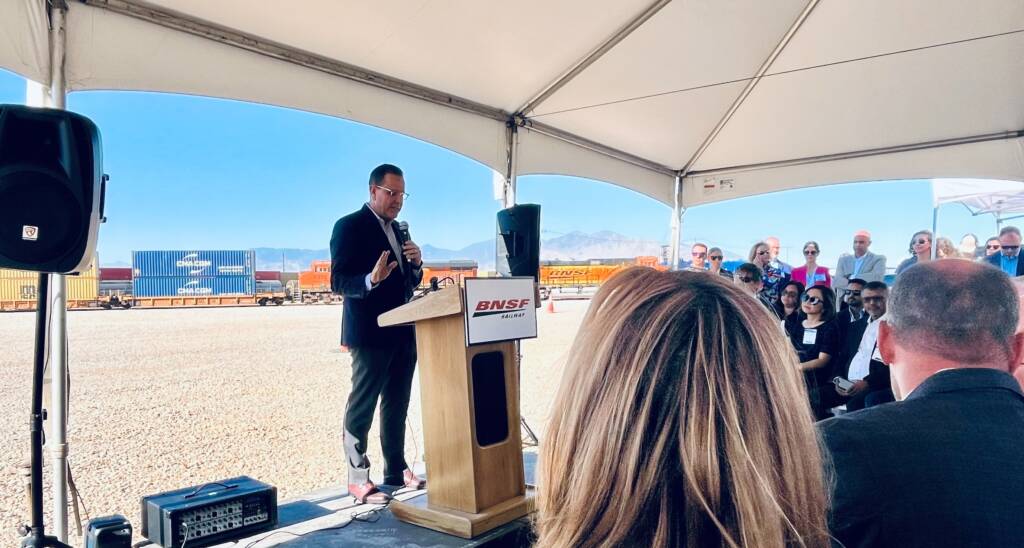




I’m amused (not) that some people on this list seem to think that the problem is homeless people and government interference when this is a purely private sector created problem. The real problem started along time ago when a few good ideas got institutionalized in MBA programs and in big corporations and lost the ability to promote pragmatic solutions. In the intermediate term things will fitfully work themselves out. But as long as money managers call the shots and the big (mostly) guys –watch out Katie–are out to make there 300 times worker salaries nothing will really get better. This is where the USRA came in 100 years ago.
Railroad baloney. You have so much PSR promised, you decided to run extra long trains *and* save money by doing transfer only at Chicago. Saves money, but one little blip and the whole house of cards falls. Both the Canadians and the Americans can transfer containers for shippers at different spots other than Chicago, but are they willing? No they aren’t. CSX all but abdicated transfer out of Chicago and pushed it to truck for their western service region.
What you have is 3 strong (CN, UP, BNSF) railroads pushing more weight against 3 weaker ones (CP, NS, CSX)
At first they thought the container backlog would clear by September 2021, now it looks like it may be April 2022.
The RRs didn’t cause this problems but there may be things they could do to help solve it. How much Chicago terminal congestion could be solved by interchanging intermodal traffic rather than draying them across town. Also, containers bound for Detroit, Cincinnati, etc. could be unloaded closer to the destination. Both actions could ease the driver and chassis shortage also.
If the politicians are honest in their desire to reduce road congestion and pollution, they could solve the intercity drayage problem easily: creatively reduce taxes on the rail companies involved, that would make the drayage profitable. Yes, Illinois, Indiana (maybe) and Michigan would have to cooperate, but this is cheaper than new highway construction. Two ideas: reduce property taxes an the terminals involved; give tax credits per container shipped. There are solutions to problems and they do not involve more taxes or more government meddling.
Truck is picking up the slack? If there are not enough chassis to drive a container from Chicago to Detroit, how are there enough to drive it from LA to Detroit. And if trucks are picking up the slack, why are all the ships still anchored off the coast?
Why isn’t there a lift in Detroit to cut down on the distance of drayage, thus the number of drays needed? Ditto, why are so many drays schlepping on IH-94 between Milwaukee and Chicago, adding to the highway congestion in the Chicago area?
ATSF had the right idea thirty or forty years ago to buy (but not own for long) TP&W, so it could bring boxes by rail to Remington, Indiana. Why didn’t that one work out, it was such an obvious good idea.
Sometimes I think “Intermodal” is a euphemism for truck traffic.
There are lifts in Detroit, the problem…neither NS nor CSX want to take the minimal amount of revenue to move the box between Chicago and Detroit. That and when you deliver from Chicago you can reload and turn the box around within 2 or 3 days(vs the 3 – 5 days it takes using rail from Chicago to Detroit). That was always the problem and still is to this day. As for the weak link in the supply chain, it was the change to J-I-T(just-in-time) and retailers no longer maintaining inventory for longer than a needed when there was an inventory tax. The moment the inventory tax went away retailers should’ve just started maintaining at least a 6 months supply of the most sought after products, and with proper inventory control would’ve known long before hand when to ramp up ordering of commodities moving out the door faster than can be replaced. Toss the whole pandemic BS out the window now is what I would do, you either want to work(if physically and/or mentally able to do so) or you want to be homeless and broke.
You think I-94 has a lot of drays on your side of Chicago — You should see the steady stream coming east into Michigan.
That’s due to freight in ISO boxes being transloaded into dry vans.